Rosemary is among some of the most appealing herbs, which makes it worth cultivating for its appearance alone. Depending on its variety, you should expect rosemary to have small and profuse flowers, which appear late in the spring. The flowers often have different colors which range from dark blue to white.
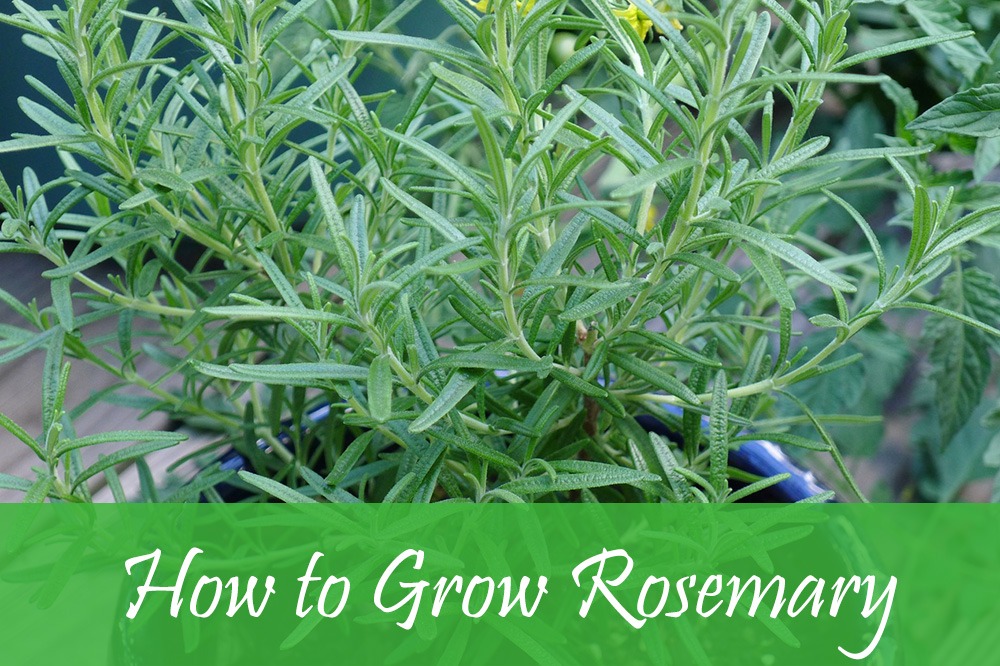
Read Next
With very little effort and average soil, a gardener can easily grow sufficient rosemary to supply a family, friends, and even a restaurant. For those who think that growing herbs is not worth the effort, you will notice that most of these herb supplements are costly in supermarket stores.
And if the question “what will I do with all this mint?” still lingers on your mind, then consider getting a competent chef to show you how to make the most of your harvest. For instance, you can get a bunch of fresh lamb, and marinate it with some oil, onions, and lots of rosemary. Place the food in a fridge overnight, and grill it with some fresh rosemary sprigs.
Also, rosemary goes well with various other types of food including potatoes, chicken, and pork.
Grown either using existing seeds or plants, rosemary is an exceptional perennial plant that can thrive in zones 7 to 10 easily. One can also transfer the plants indoors, to avoid any winter weather issues, which can lead to frost. Rosemary plants might be hardy, but frost is a leading killer of most garden herbs.
Facts About Rosemary
Otherwise referred to as Rosmarinus Officinalis, Rosemary is a bush that has evergreen, fragrant, and pointed leaves. Besides that, the leaves are often in various colors including purple, blue, pink, and white.
Native to the Mediterranean, Mint can classify under the Lamiaceae category, which has over 7,000 plant species. The term rosemary comes from the Latin terms “ros” and “marinus”, both meaning “dew and sea” respectively. Thus, the term rosemary initially came from the phrase “dew of the sea”, which has been in use since 500 B.C.
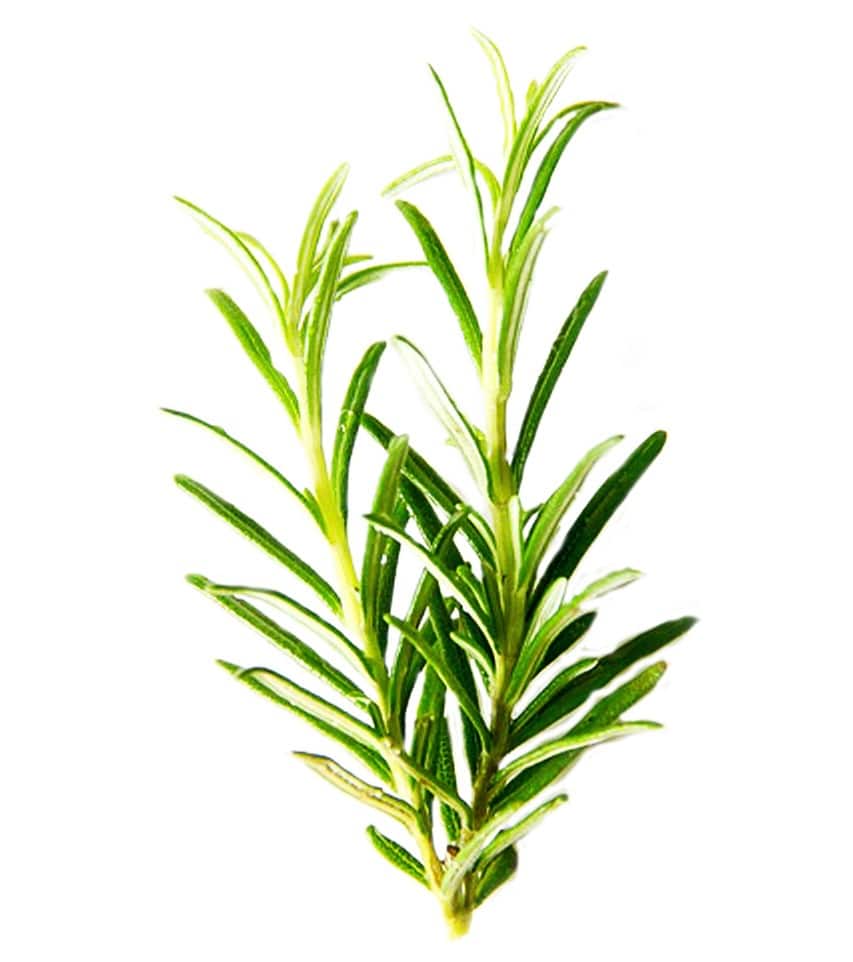


According to Greek mythology, the Goddess Aphrodite is believed to have been adorned in Rosemary as arose from the waters. Furthermore, another legend has it that the Virgin Mary placed her cloak over rosemary as she was sleeping, and the flowers changed to blue. Thus, the shrub earned the name “Rose of Mary.”
As a medicinal herb, Rosemary has been used for improving various body functions. The herb has various substances, which are useful for digestion and circulation in the body. During cooking, rosemary is used as a seasoning for many types of meals. You can use rosemary to cook lamb, pork, steaks, and more.
Furthermore, rosemary also does well with various other condiments including peas, potatoes, and mushrooms.
The History of Rosemary
Rosemary classifies as a member of the mint family and was also popularly used in ancient times. The Romans and the Greeks used the plant because it could supposedly provide mystical as well as medicinal benefits.
Rosemary also found its way into the folklore of many cultures, where many believed it could help ward off evil spirits. The plant also grew in popularity to become a key symbol for people who were in love.
Thanks to its appealing, and spiky stems, rosemary also become popular during the festive season, as part of the decorations.
Rosemary Seeds or Plants – Which One Should You Use?
While plants can grow and be useful when you need to plant a small batch of rosemary, the best approach is to use rosemary seeds. On average, a packet of rosemary seeds contains close to 100 seeds, which can produce an extremely large harvest. It can even grow to become a backdrop for flower beds or even add year-round appeal to your fence.
Site and Planting
Rosemary grows well in light and loam soil. Furthermore, it is also a hardy plant that is moderately wet and does best in loam soil, which often improves the quality of the rosemary harvest. Also, the plant does well in sheltered and sunny conditions, and can also survive in snowy conditions.
The plant also grows well in rocky gardens, or perhaps on the top section of a stone wall. In warm areas with moderate humidity, the plant can grow tall and accumulate several feet in height. More so, the plant grows so fast in specific conditions, which means that it spreads relatively fast.
The herb grows well outdoors because it’s a perennial shrub, especially in Zone 7 of the USDA classification. In the cold regions, the plant should be placed in a pot and transferred indoors.
If you have a large garden, plant rosemary around cabbage, carrots, beans, and sage. Gain more insight about companion planting with herbs. Ensure that you provide your plans with adequate room to grow because some plants can grow up to 4 feet tall.
Propagation
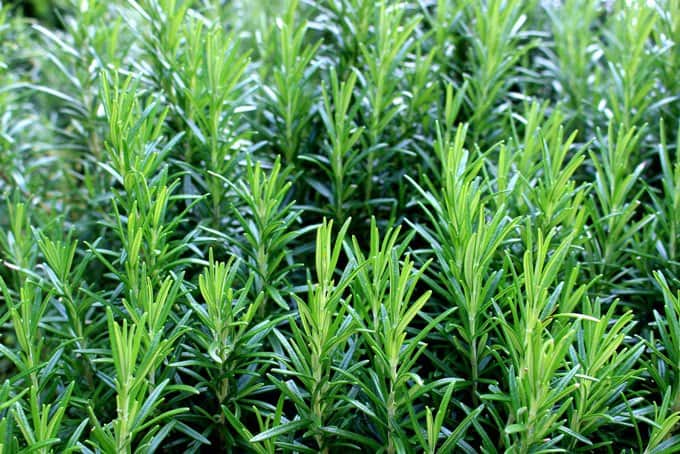


You can easily find rosemary seeds from various seed retailers. The best time to sow the seeds is in potting compost, around mid-year, and in a sheltered location.
For DIY gardeners, the best approach for propagating rosemary would be to use cuttings from healthy plants with lots of new growths.
Then, using a sharp knife, obtain a 7 cm cutting from the young shoots from the plant accordingly. During the tearing process, trim the heel to avoid damaging the plant.
The next step is to remove the leaves from the lower section of the stem, preferably using your fingers.
Get a pot, fill it with 7 cm of compost, and insert either one or two cuttings in the pot. Then, water the compost from below, and put it in a propagator.
The ideal temperature level for rosemary rooting averages 61°F to 72°F (14°C to 20°C)
Using a windowsill away from the direct sun can be an excellent position. You can also transplant the rosemary into a permanent position once the rooting process completes. Usually, this occurs after about 2 months of growing time.
Using Rosemary for Cooking
Rosemary works well for cooking and can be used either when dry or fresh. That said, it is best picked from the garden and used for twenty-four hours. For those who prefer to refrigerate herbs, rosemary has a lifespan of about one week.
The herb is an excellent spice for various types of foods including lamb, veal, chicken, and pork.
The best way to apply the herb is to place a spring or two on top of the meat as it cooks. When it comes to cooking lamb with rosemary, you can make small cuts into the meat and insert the herb to burn as it roasts.
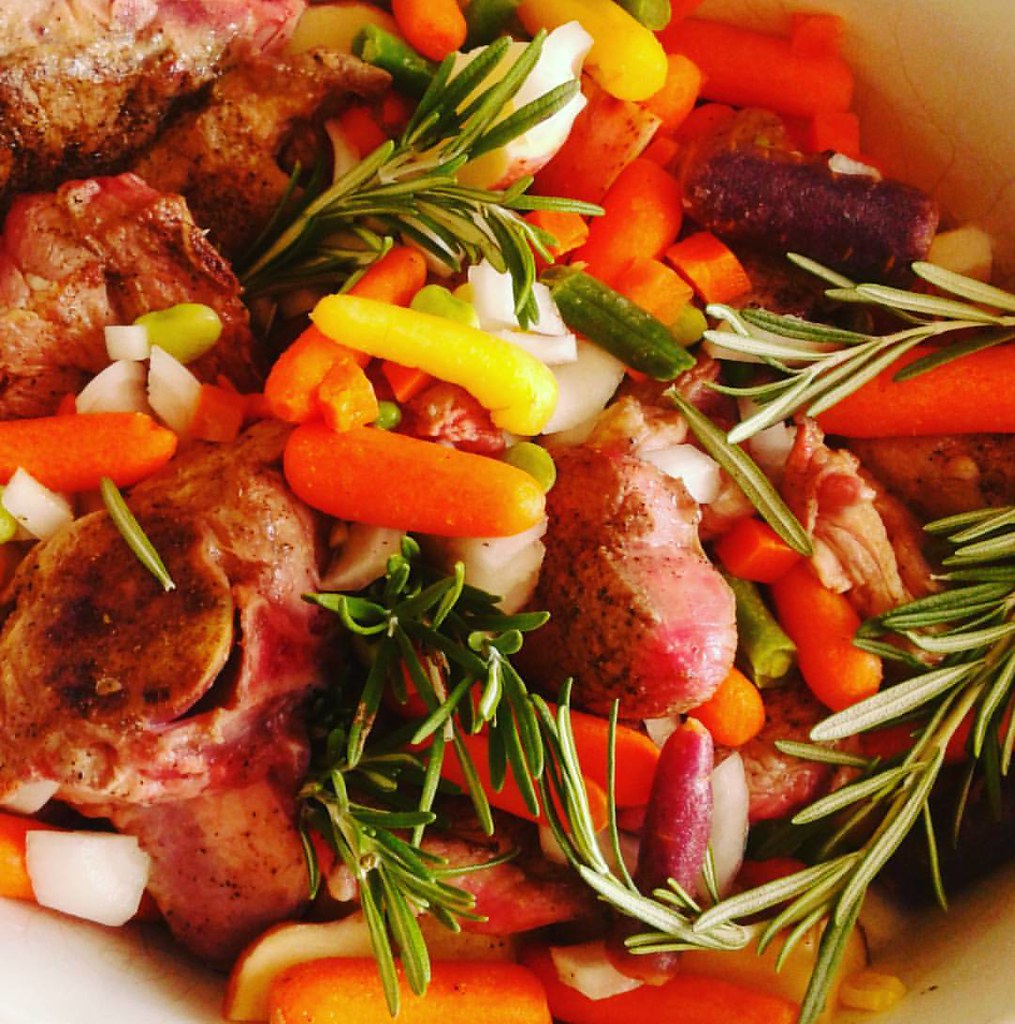


Even more, rosemary is sometimes incorporated into the stuffing to provide a unique food flavor. You just have to strip the leaves from the stem and cut them up appropriately.
Rosemary releases a unique flavor to your food when the leaves are well-chopped and allowed to cook with the food. The herb also does well with various types of potato meals, especially when you sprinkle fine cuts over the food.
Rosemary is also common in Italian dishes, whereby the leaves are chopped and added to meals such as pasta dishes. The remaining parts such as stems after the stripping process are useful tools for procedures such as barbecue skewing.
Using this technique will also help to add a subtle taste of rosemary to the food. If you want to make the barbeque smoke more fragrant, then consider throwing a few stems of rosemary into the heating area.
Cultivation of Rosemary
The process of growing rosemary by using seeds should start indoors, on average, 3 months before winter. Rosemary is a perennial plant and can experience optimal growth during the summer months. In some cases, the seeds might take a long time to germinate, so you have to be patient.
The first step in growing rosemary is to fill a container to the brim with excellent seedling-starting soil. Then, sprinkle some seeds above the soil, and then sprinkle some soil above the seeds. Ensure that the soil is evenly moist, and put it in a well-lit location. When the plants start growing, you can harden them by placing them outside during the day and bringing them inside at night.
The plant will require adequate sunlight, well-drained soil, and a ventilated area to achieve the best growth results. Loam or sandy soil is best preferred for rosemary plants.
You also don’t need any fertilizer for rosemaries, because they are also hardy. To be specific, a simple 5-10-5 fertilizer sprinkled in the spring or midseason should ensure the plants thrive.
During the winter, especially when temperatures hit below zero, consider bringing the plants indoors to avoid frost issues.
If low temperatures persist, ensure that you bring your plants indoors. You can use terra-cotta pots and water as required to prevent any plant dehydration issues. However, Rosemary is a hardy plant and won't need lots of water to produce a good harvest.
The best growth setting should be placed with adequate sunlight and water. If this is not possible, then place the plants in an artificial setting. Transfer the plants back outdoors once the cold season ceases.
Harvesting Rosemary
Cut off any springs of rosemary during the summer, fall, and winter seasons accordingly. Where winter temperatures are service and transferring pots into the house is not possible, you can still dry and store the plants.
Cut the springs and place them upside down in a warm and well-conditioned room. A covered porch is perfect. Once the plants dry up, store them in well-sealed containers of plastic bags.
Any rosemary plants that you grow DIY using seeds will be healthier than the plants you grow using cuttings from the garden. Furthermore, these plants also provide excellent foliage for harvesting. The best approach for growth would be to ensure you push the seed a few inches deep into the container. Then, ensure it receives adequate water, sunlight, and ventilation.
Diseases and Pests That Can Affect Rosemary
Perhaps the most significant challenge with growing rosemary indoors is being able to achieve the ideal humidity level. Any excessive humidity or poor circulation will lead to the development of powdery mildew. This type of mildew occurs as a white and powdery fungus, that can occur if the surrounding air is excessively humid. On the contrary, a lack of humidity might also compromise the growth of the leaves, and have negative effects on plant development.
While the powdery mildew won’t kill your plant, it can have drastic side effects on the foliage. Thus, try to ensure the plants have adequate humidity, by ensuring the leaves are moist at all times. Also, allow the soil to dry between watering, and place the pot in areas with adequate sunlight. You should also be keen for spider mites, aphids, and more.
These are pests that seem to thrive on herbs, especially during the winter periods. Noticing them before an outbreak can make it easier to control the occurrence of pests.
The best and most common approach for addressing the problem involves keeping the plants dry indoors. Furthermore, you can control the occurrence of mites and aphids by using insecticidal soap.
How to Pot Rosemary
For those who are growing rosemary in containers, consider putting the pots back outside once all the snow thaws off. Similar to most plants, the soil you use for your rosemaries will degenerate over time.
Thus, consider re-potting after every harvest to ensure the best plant development results. Spring makes up for one of the best times to repot rosemary plants.
When a rosemary plant seems overly large or perhaps seems like it can’t get sufficient water, then it’s time to transplant it to a larger container. If you want to maintain the size of the rosemary plant, consider pruning it by cutting off a few inches of the roots from the bottom section.
Ensure that you cut off the top section at the same time, to reduce the weight on the roots, and to reduce any stress on the shared plants.
Best Rosemary Recipe
For people who love cooking, we have identified one of the most popular rosemary recipes in the world. The following are the steps involved:
Rosemary Butter Recipe Preparation
Wash some fresh rosemary with some cold water and then place it on a dry surface. In most cases, using whole leaves is often the best approach for cooking with rosemary. You can even add entire sprigs of rosemary to meat dishes, stews, and more.
The best approach for storing the rosemary would be in a plastic storage bag with a damp towel. On average, rosemary can stay for up to one week without going bad.
Rosemary butter makes up for an excellent addition to steak, or use as a spread for various types of meats. Also, rosemary butter is ideal when used on pasta and baked potatoes. The steps involved include:
- Cut two medium-sized cloves of garlic, and then crush them
- Then, use a small bowl to mix garlic with some lemon and some kosher salt
- The next step is to add some chopped rosemary leaves to the mixture
- Blend the entire mixture, add some butter and then mix it with a fork accordingly
- Put the butter on a sheet of wax paper, and shape it into a small brick. Wrap it well, and then store it in the fridge until fully solid
Conclusion
We all know rosemaries, and it goes without saying that they are some of the most appealing and fragrant plants in the world. With a little bit of practice, you can be on the way to becoming a rosemary gardening master.
The best way to grow rosemary would be to use the seeding approach, because of its large yield. Moreover, the process of propagating rosemary also involves specific techniques, to ensure that you get a good harvest when the plants are fully grown.
On average, a packet of rosemary seeds contains close to 100 seeds, which can produce an extremely large harvest. It can even grow to become a backdrop for flower beds or even add a year-round appeal to your fence.

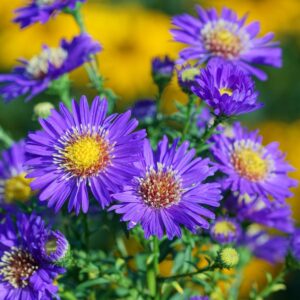

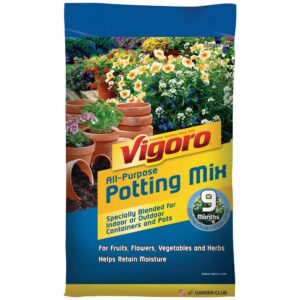
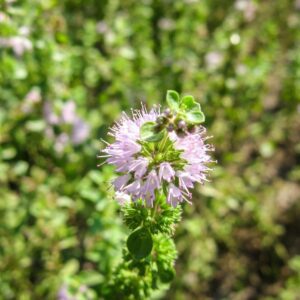
Comments
No Comments